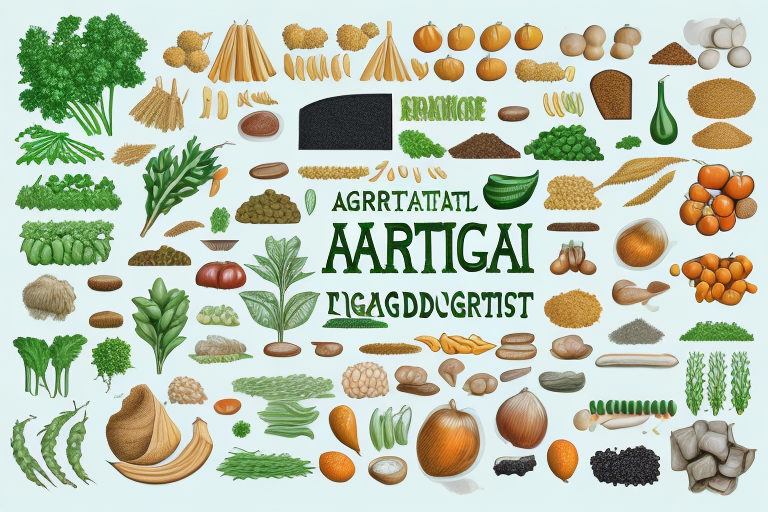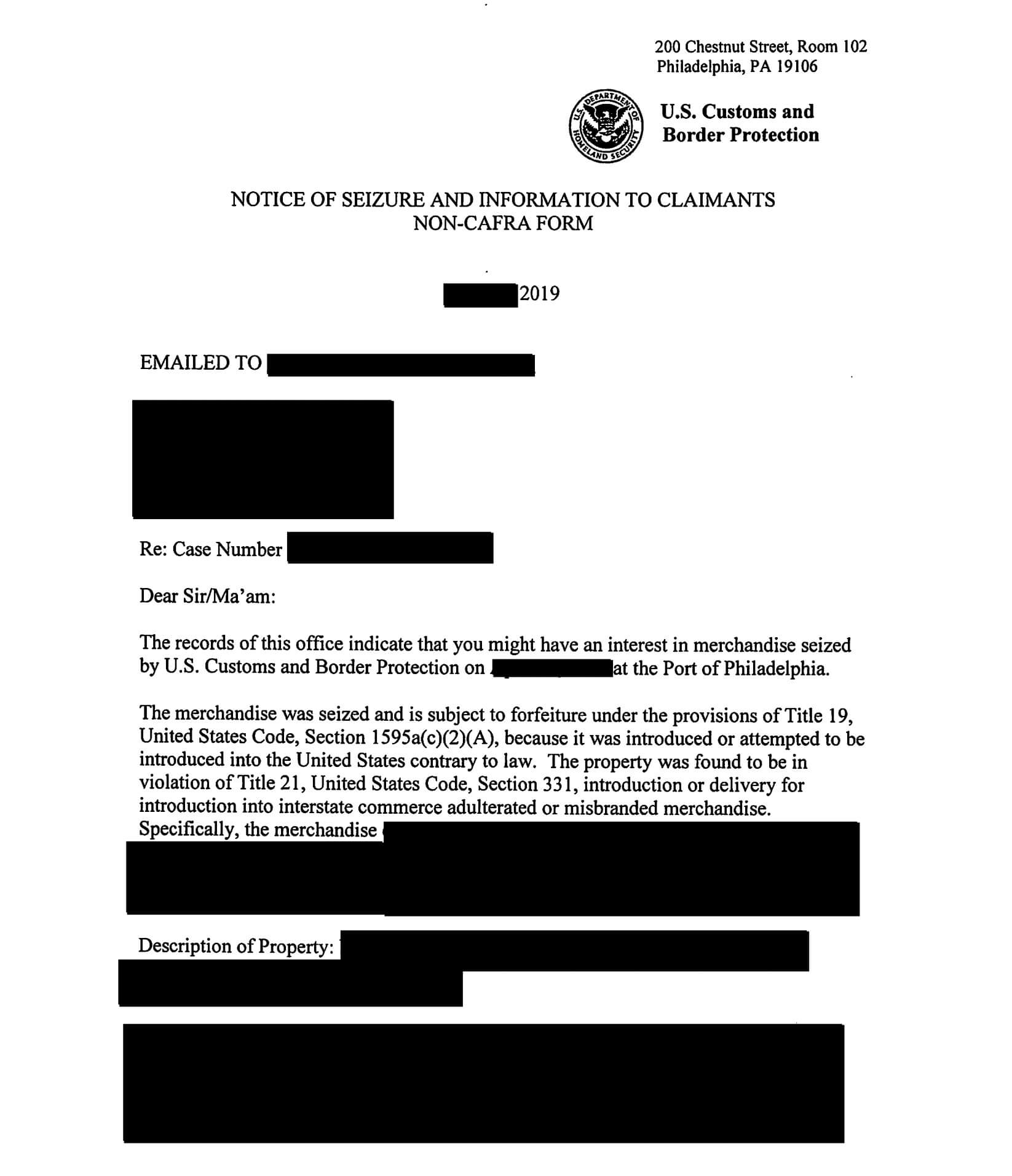In today’s interconnected world, the importation of agricultural products plays a vital role in meeting the demands of consumers and ensuring a steady supply of goods from across the globe. However, the successful importation of these products hinges on the accurate and efficient classification of agricultural goods. This process not only determines the applicable import regulations but also ensures compliance with various standards and requirements. In this comprehensive guide, we will explore the key factors, challenges, and strategies associated with classifying agricultural products for import.
Understanding Import Regulations for Agricultural Products
Import regulations serve as the foundation for classifying agricultural products. They are established by governments to safeguard public health, protect local industries, and ensure fair trade practices. Understanding these regulations is paramount for importers to comply with the necessary procedures and requirements. Various factors shape import regulations, including phytosanitary measures, labeling and documentation standards, and the impact of trade agreements. Importers must familiarize themselves with the specific regulations of the destination country to avoid any potential legal issues and delays in the importation process.
One important aspect of import regulations for agricultural products is phytosanitary measures. These measures are designed to prevent the introduction and spread of pests and diseases that could harm local agriculture. Importers may be required to provide phytosanitary certificates or undergo inspections to ensure that their products meet the necessary standards. Additionally, labeling and documentation standards play a crucial role in import regulations. Proper labeling is essential for informing consumers about the origin, ingredients, and handling instructions of agricultural products. Importers must ensure that their products comply with the labeling requirements of the destination country. Lastly, the impact of trade agreements can influence import regulations. Free trade agreements may reduce or eliminate certain barriers to trade, while other agreements may impose additional requirements or restrictions. Importers should stay informed about the trade agreements in place between their country and the destination country to navigate the importation process successfully.
Key Factors in Classifying Agricultural Products
When classifying agricultural products for import, several factors come into play. These factors include the product’s type, origin, processing method, composition, and intended use. Different classification systems, such as the International Harmonized System (HS) codes, are used worldwide to categorize and identify goods consistently. By analyzing these key factors, importers can accurately determine the appropriate classification for their agricultural products, facilitating the smooth flow of trade and ensuring compliance with import regulations.
One important factor to consider when classifying agricultural products is the product’s type. This refers to the specific category or classification that the product falls under, such as fruits, vegetables, grains, or livestock. The type of agricultural product can greatly impact its classification and import requirements, as different types may have different regulations and restrictions.
Types of Agricultural Products Eligible for Import
The range of agricultural products eligible for import is vast, encompassing everything from fresh fruits and vegetables to processed food products, grains, seeds, livestock, and more. The classification process becomes particularly crucial when dealing with sensitive or regulated items, such as genetically modified organisms (GMOs), controlled substances, and perishable goods. Proper classification ensures that these products are treated accordingly under the relevant import regulations.
Additionally, agricultural products eligible for import may also include dairy products, poultry, seafood, and honey. These products are subject to specific import requirements and regulations to ensure food safety and prevent the introduction of pests or diseases. Importers must comply with labeling, packaging, and inspection standards to guarantee the quality and integrity of these products. It is essential for importers to stay updated on the latest regulations and requirements to facilitate the smooth importation of agricultural products.
The Importance of Accurate Classification for Importing Agricultural Products
Accurate classification of agricultural products is paramount for several reasons. Firstly, it enables importers to comply with the import regulations of the destination country, avoiding penalties and potential legal issues. Secondly, it ensures fair competition within the domestic market, preventing the undercutting of local producers. Furthermore, accurate classification facilitates the collection of accurate trade statistics, which are essential for tracking market trends, assessing the economic impact of imports, and formulating effective agricultural policies.
Additionally, accurate classification of agricultural products helps to protect consumers by ensuring that imported products meet the necessary safety and quality standards. By accurately classifying agricultural products, importers can verify that the products have undergone the required inspections and certifications, guaranteeing that they are safe for consumption. This is particularly important in the case of perishable agricultural products, where any mishandling or contamination can pose significant health risks to consumers. Therefore, accurate classification plays a crucial role in safeguarding public health and maintaining consumer confidence in imported agricultural products.
Overview of International Harmonized System (HS) Codes for Agricultural Products
The International Harmonized System (HS) codes provide a standardized way of classifying goods internationally. These codes are widely adopted by customs authorities and facilitate the efficient flow of trade. For agricultural products, HS codes are used to categorize items based on factors such as product composition, processing level, and intended use. Importers must accurately determine the appropriate HS code for their agricultural goods to ensure compliance with import regulations and avoid potential delays or penalties.
HS codes for agricultural products are typically organized into different sections and chapters. Each chapter represents a specific category of agricultural goods, such as live animals, meat, dairy products, fruits, vegetables, or processed foods. Within each chapter, there are further subdivisions that provide more detailed classifications for specific products.
It is important for importers of agricultural products to understand the HS code system and correctly assign the appropriate code to their goods. This ensures that the products are accurately classified and that the correct import duties, taxes, and regulations are applied. Incorrectly classifying agricultural products can lead to delays in customs clearance, additional costs, or even legal consequences.
Furthermore, HS codes for agricultural products can vary between countries, as each country may have its own specific requirements and classifications. Importers should consult the customs authorities of the importing country or seek professional advice to determine the correct HS code for their agricultural goods.
Step-by-Step Guide to Classifying Agricultural Products for Import
The classification process for importing agricultural products can be complex, but by following a step-by-step guide, importers can streamline the process and minimize errors. The first step involves gathering all relevant information about the product, including its composition, intended use, and processing method. Next, importers must consult the appropriate classification system, such as the HS codes, to identify the relevant category for their agricultural product. Careful consideration of any applicable trade agreements and import regulations specific to the destination country is crucial. Finally, importers should review the classification decision and seek professional guidance if needed to ensure accuracy and compliance.
Common Challenges in Classifying Agricultural Products for Import
Classifying agricultural products for import can present various challenges. One common challenge involves determining the correct classification for products that fall under multiple categories or have complex compositions. The interpretation of import regulations and their specific application to agricultural goods can also be challenging, particularly when dealing with unique product characteristics or emerging technologies. Additionally, keeping up to date with constantly evolving import regulations and changes to the classification system can pose a significant challenge for importers.
Tips for Efficiently Classifying Agricultural Products for Import
To improve the efficiency of the classification process, importers can implement several strategies. Firstly, maintaining accurate product records and documentation is essential. This includes detailed information about the product’s composition, manufacturing process, and intended use. Secondly, building strong relationships with customs authorities and seeking their guidance when classifying agricultural goods can help prevent delays and ensure compliance. Lastly, staying informed about industry developments, attending relevant training programs, and seeking professional assistance can further enhance the efficiency and accuracy of the classification process.
Compliance with Phytosanitary Measures in the Classification of Agricultural Imports
Phytosanitary measures play a crucial role in preventing the introduction and spread of pests and diseases through agricultural imports. Compliance with these measures is a fundamental aspect of classifying agricultural products for import. Importers must ensure that their products meet the specific phytosanitary requirements of the destination country, which may include inspections, treatments, or certifications. Failure to comply with phytosanitary measures can result in the rejection or quarantine of imported goods, potentially leading to financial losses and reputational damage.
Harmonizing Tariff Codes with the Correct Classification of Agricultural Goods
Classifying agricultural goods correctly is closely intertwined with harmonizing tariff codes. Tariff codes, also known as Harmonized System (HS) codes, determine the applicable customs duties and taxes for imported goods. Importers must align the classification of agricultural products with the relevant tariff codes to ensure the accurate calculation of duties and avoid any potential discrepancies. Maintaining consistency between the classification and tariff codes streamlines customs procedures, facilitates trade, and minimizes the risk of incurring unnecessary costs.
The Role of Customs Authorities in Classifying Imported Agriculture Commodities
Customs authorities play a pivotal role in the classification of imported agricultural commodities. These authorities are responsible for verifying the accuracy and compliance of imported goods with applicable regulations. Importers should engage in open communication with customs authorities to ensure a clear understanding of the requirements and procedures. Moreover, seeking their guidance when facing challenges during the classification process can help importers navigate complex regulations and streamline the importation of agricultural products.
Ensuring Proper Labeling and Documentation in the Classification Process for Imported Agriculture Items
Proper labeling and documentation are integral components of the classification process for imported agriculture items. Importers must ensure that their products are correctly labeled with the necessary information, such as product name, origin, ingredients, and any applicable certifications or warnings. Additionally, thorough and accurate documentation, including invoices, packing lists, and certificates of origin, is vital for customs clearance and ensuring compliance with import regulations. Implementing robust labeling and documentation practices is key to avoiding delays and ensuring the smooth flow of trade.
The Impact of Trade Agreements on the Classification and Importation of Agricultural Products
Trade agreements significantly influence the classification and importation of agricultural products. These agreements, such as free trade agreements or preferential trade arrangements, often provide specific provisions and tariff concessions for agricultural goods. Importers must carefully consider the impact of trade agreements on the classification process to fully leverage the benefits and opportunities they offer. Complying with the rules of origin, understanding applicable preferential tariff rates, and ensuring the accurate classification of agricultural products are crucial for taking advantage of these trade agreements.
Strategies to Minimize Errors and Discrepancies in the Classification of Imported Agriculture Goods
To minimize errors and discrepancies in the classification of imported agricultural goods, importers can adopt several strategies. Firstly, investing in comprehensive product knowledge is essential to accurately determine the relevant classification. Importers should stay abreast of changes in import regulations and classification systems through regular training and industry updates. Using technology solutions, such as automated classification software, can also enhance accuracy and efficiency. Lastly, conducting internal audits and seeking professional assistance for complex or ambiguous cases can further minimize errors and ensure compliance.
In conclusion, the classification of agricultural products for import is a meticulous and complex process that relies on thorough understanding, accurate categorization, and compliance with import regulations. Importers must navigate various challenges, consider key factors, and utilize effective strategies to ensure the successful importation of agricultural goods. By prioritizing accuracy, maintaining robust documentation, and promoting open communication with customs authorities, importers can optimize their classification processes and contribute to the seamless flow of international trade in agricultural products.




